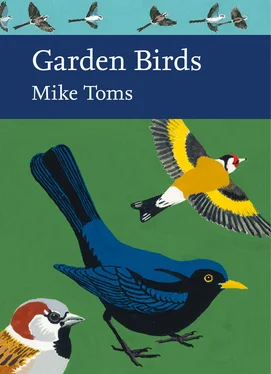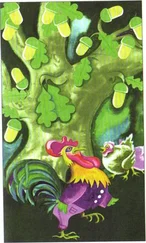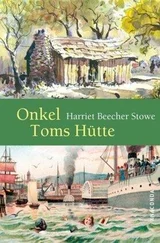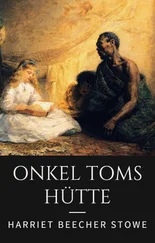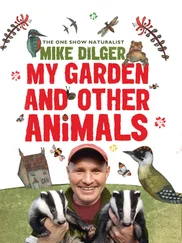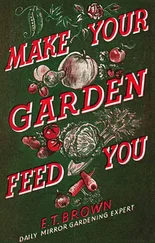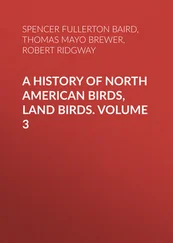UK GARDEN BIRDS, THE SIZE OF THEIR POPULATIONS AND COMMUNITY STRUCTURE
The BTO/JNCC/RSPB Breeding Bird Survey (BBS) is the core scheme used to monitor the population trends of a broad range of breeding bird species across the UK. Some 3,000 participants visit randomly selected 1-km survey squares and record the bird species that they encounter there. The birds seen are recorded in a series of distance bands running out parallel to the line transects along which each observer walks. This approach, coupled with the collection of habitat information for each of the transect sections, allows researchers to calculate density estimates by habitat for each of the bird species commonly recorded. These can then be multiplied up by the area of each habitat type nationally to calculate population estimates based on habitat type, which in turn provide a sense of the bird populations associated with gardens and wider urbanised landscapes (Newson et al., 2005).
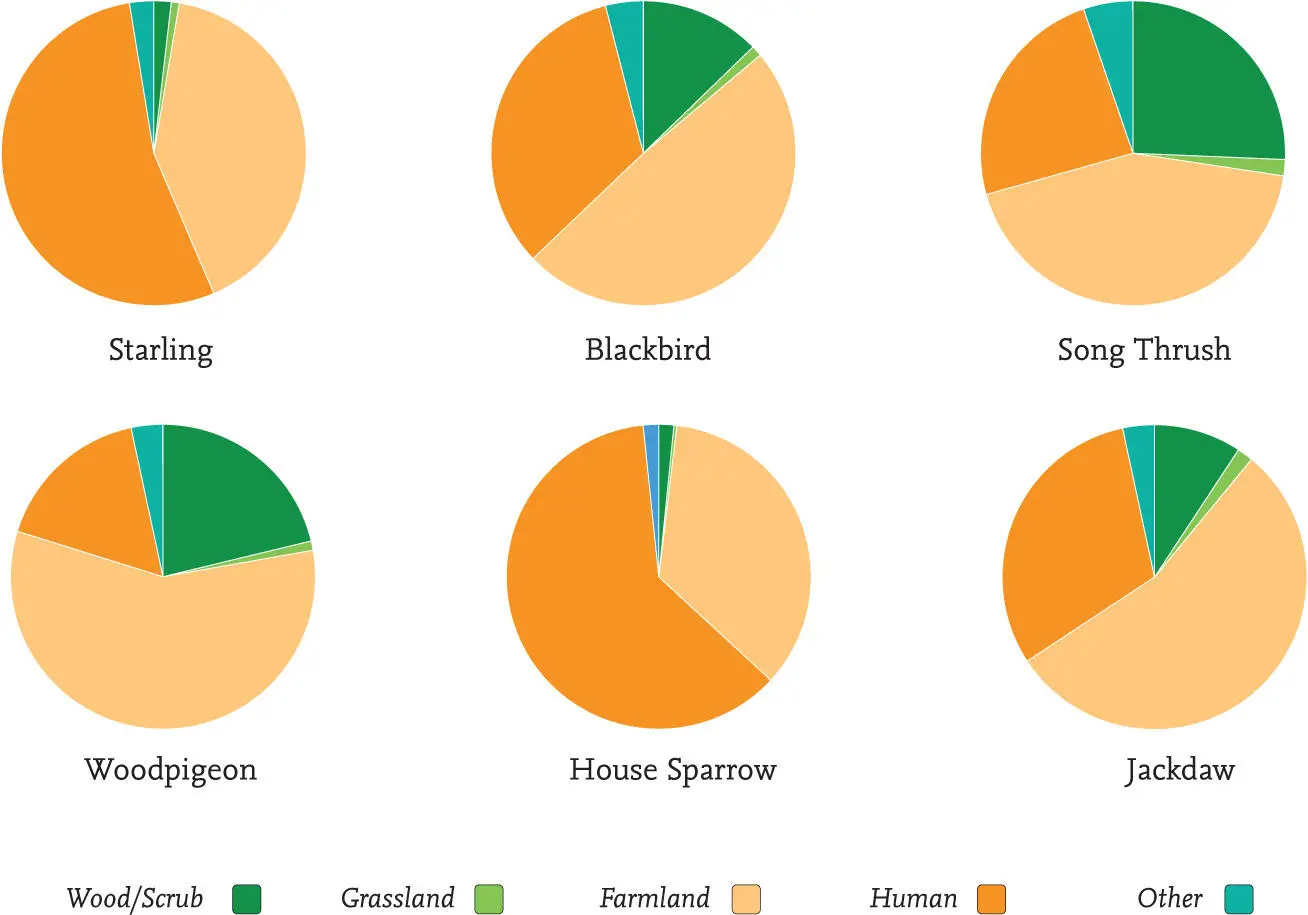
FIG 5. Data from the BTO/JNCC/RSPB Breeding Bird Survey underline the sizeable populations of certain species breeding in urbanised landscapes. Redrawn from data presented by Newson et al. (2005).
This approach suggests that some of the national population estimates previously given for familiar species, like Blackbird, Starling, House Sparrow, Greenfinch Chloris chloris, Jackdaw Crovus monedula and Woodpigeon Columba palumbus, have been underestimated because the built environment and its gardens had not been properly taken into account. The BBS habitat-based approach indicates the importance of urban, suburban and rural human habitats for species like House Sparrow and Starling, which have 61.5 per cent and 53.9 per cent respectively of their breeding population found here. The survey has also enabled the production of figures suggesting that the habitats directly associated with human sites (urban, suburban and rural) could represent 27,919 km2 (2,791,900 ha) or 10.9 per cent of UK land area. This can be further broken down as urban (2.2 per cent), suburban (5.1 per cent) and rural human sites (3.6 per cent). The figure of 10.9 per cent is somewhat higher than the 6 per cent figure that has been derived from the Corinne Land Cover map. Given the different assumptions involved, it seems likely that the true figure lies somewhere between the two approaches and possibly closer to the 6 per cent derived from satellite imagery. Using the figure of 432,964 ha, presented at the top of this chapter and calculated by Davies et al. (2009) for the area of UK gardens, and the two figures just mentioned (Newson et al. 2,791,900 ha, Land Cover map 1,454,970 ha) for the amount of built-upon land, suggests that gardens might represent between 16 per cent and 30 per cent of the land area present within UK cities, towns and villages, and 1.79 per cent of total land area.
Gardens and their associated houses are of particular importance to House Martin and Swift, two species that national monitoring schemes like the Breeding Bird Survey struggle to monitor. While these two summer visitors are clearly dependent upon buildings for the nesting opportunities that they provide, the nature of the surrounding gardens is much less important. Resident species, such as House Sparrow and Starling, also make use of domestic dwellings for their nesting opportunities but are more closely tied to the nature of the gardens within which these dwellings are located. The presence of shrubby cover is important for House Sparrow, while Starlings appear to favour properties where there is access to nearby areas of short vegetation – such as garden lawns or amenity grassland. Another summer migrant, the Spotted Flycatcher, also appears to be dependent on the nature of the gardens it occupies, seemingly preferring rural or larger suburban gardens with mature trees and an abundance of small flying insects.
A number of bird species use gardens at a particular time of the year, arriving to take advantage of feeding opportunities when conditions elsewhere become less favourable. This is something that we will examine in greater detail in Chapter 2but it is worth noting here how the early winter arrival of migrant thrushes and finches boosts resident populations and sees birds taking windfall apples and the fruits of berry-producing shrubs. Joining these less obvious visitors (which look the same as year-round residents, such as Blackbird and Chaffinch Fringilla coelebs) are more obvious migrants, including Brambling, Redwing, Fieldfare and Waxwing. Such species tend to forage over large areas, responding to the availability of favoured foods, and so are able to take advantage of the seasonal resources present in many gardens.
COMMUNITY STRUCTURE AND GARDEN TYPES
As the figures produced by Newson et al. (2005) illustrate, the garden bird community contains a significant component of the wider breeding populations of a number of key species. In addition, Newson et al.’s work underlines that many garden species also occur alongside one another within other communities – such as the farmland bird community and the woodland bird community. There may be differences between these communities in terms of species interactions, such that one species does better than another in one habitat but not elsewhere. Such differences in community structure can also be seen from smaller and more focussed studies. Work on tit populations across different UK habitats reveals that Great Tits usually outnumber Blue Tits in woodland populations, often by 2:1 or more. In a suburban population studied by Cowie & Hinsley (1987), the situation was reversed, with Blue Tit outnumbering its larger relative by 3:1 or more. This suggests that Blue Tits might be better suited to the urban environment than Great Tits.
Gardens vary greatly in their size and structure, and consequently in their use by birds. Although we often categorise gardens into urban, suburban and rural, this is a rather simplistic approach and fails to adequately account for the variation that exists both within individual gardens and in the wider habitat framework within which they sit. Within the UK, as much as 7 per cent of land area may be located within towns and cities with a human population in excess of 10,000 people. Some 80 per cent of the UK population lives in these areas, with 40 per cent of the population living within London and our other major conurbations. In an attempt to document the extent and structure of the gardens associated with these conurbations, Alison Loram and colleagues at the University of Sheffield took a detailed look at the cities of Edinburgh, Belfast, Oxford, Cardiff and Leicester (Loram et al., 2007). The researchers surveyed a sample of at least 500 properties from each of the five cities, revealing that 99 per cent had an associated garden. The size of the gardens – whose median areas varied across the different cities, from 96.4 m2 (Belfast) to 213.0 m2 (Edinburgh) – was closely related to the type of housing present; the general pattern revealing that garden size roughly doubles as you move from terrace housing, to semi-detached to detached. Relatively small gardens (<400 m2) were much more numerous within the cities than larger gardens, contributing disproportionately to the total garden area present. This has important consequences for engaging householders in nature conservation through practices such as wildlife-friendly gardening (see Chapter 6
), because a small garden might not seem particularly important in a wider context to a householder. I have often heard the phrase ‘what difference can I make; my garden is only small’ but it is important to remember that individual gardens do not exist in isolation; they are instead part of a wider ecological network.
Читать дальше
